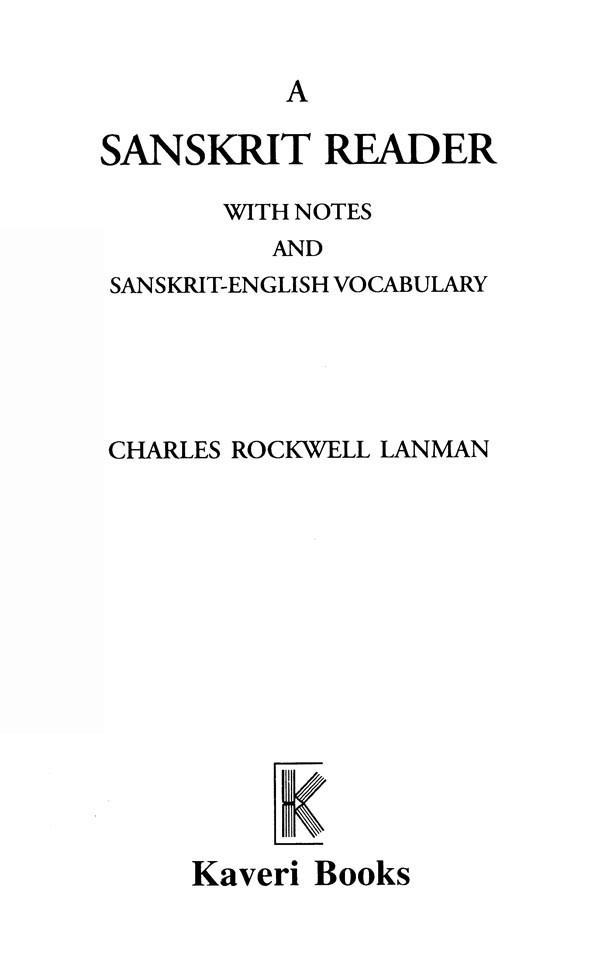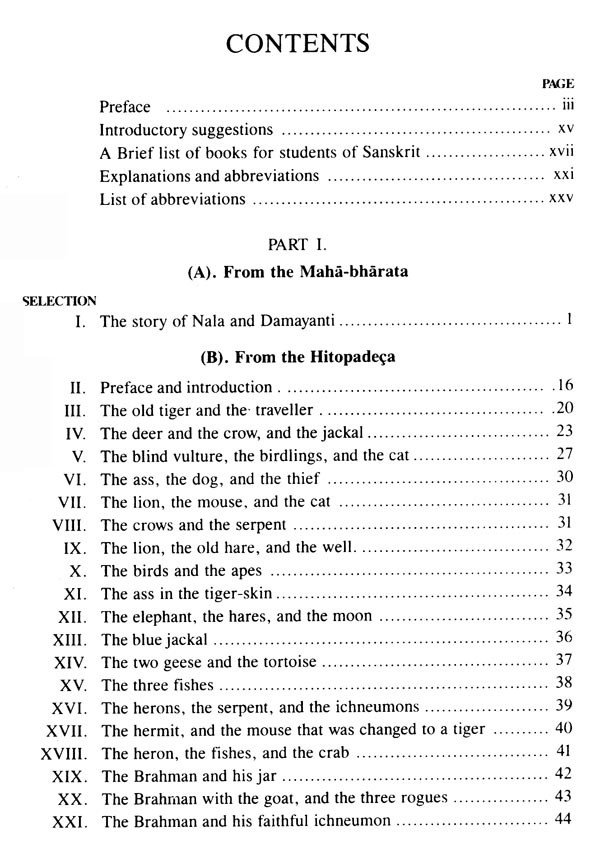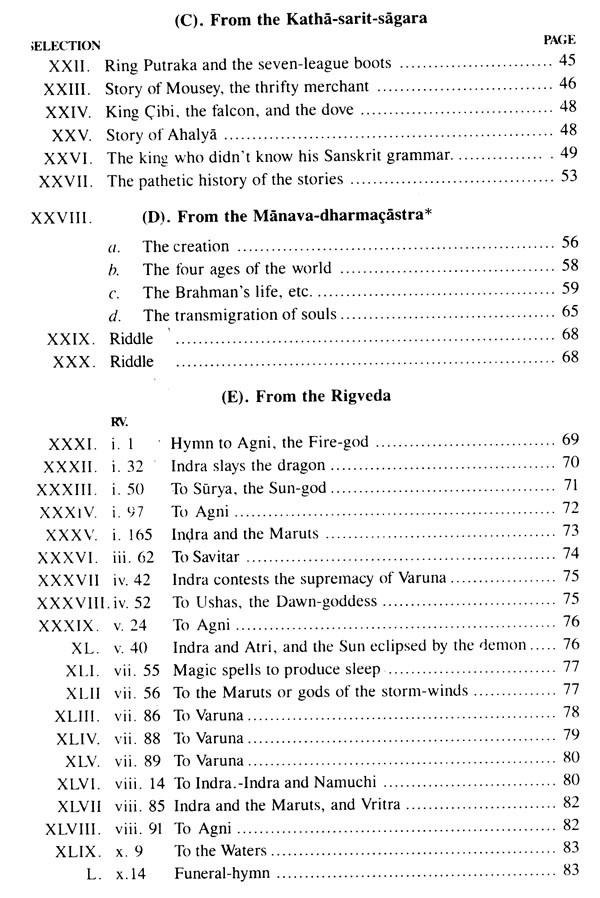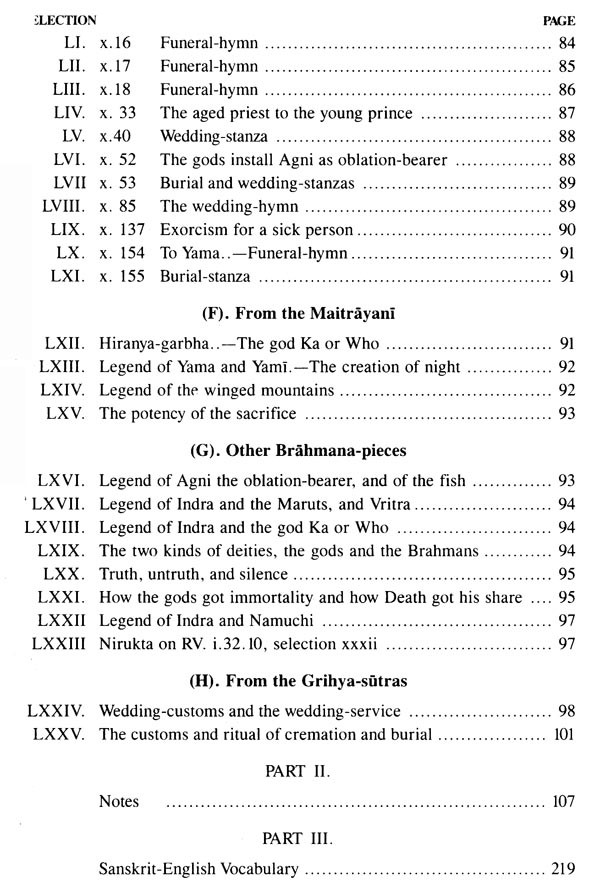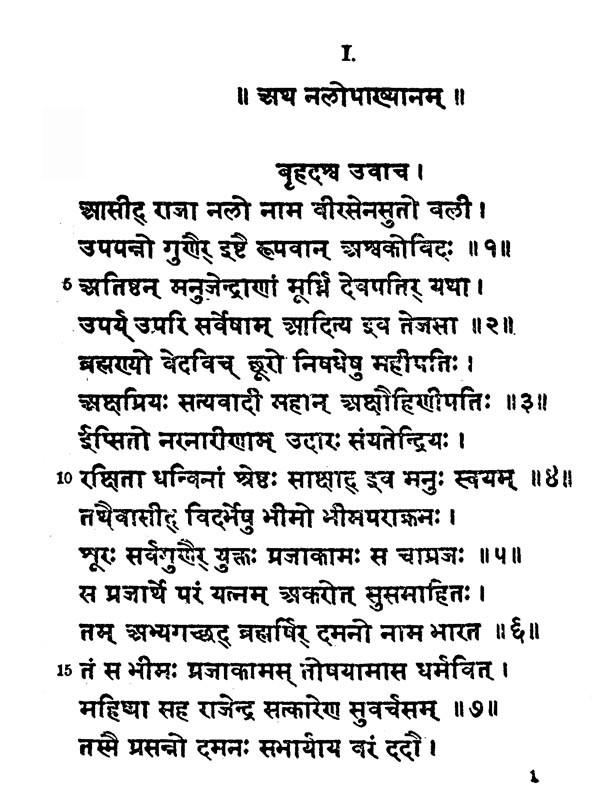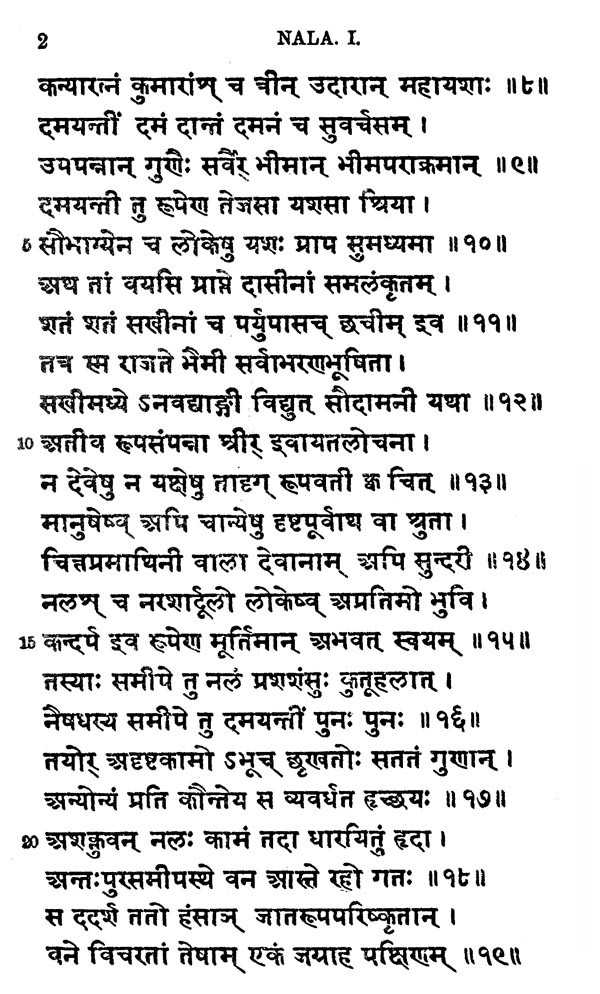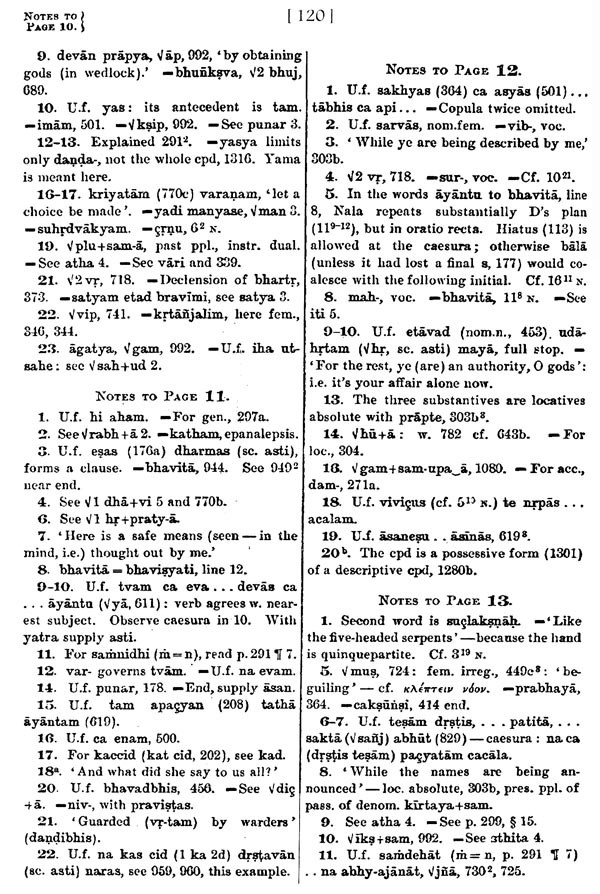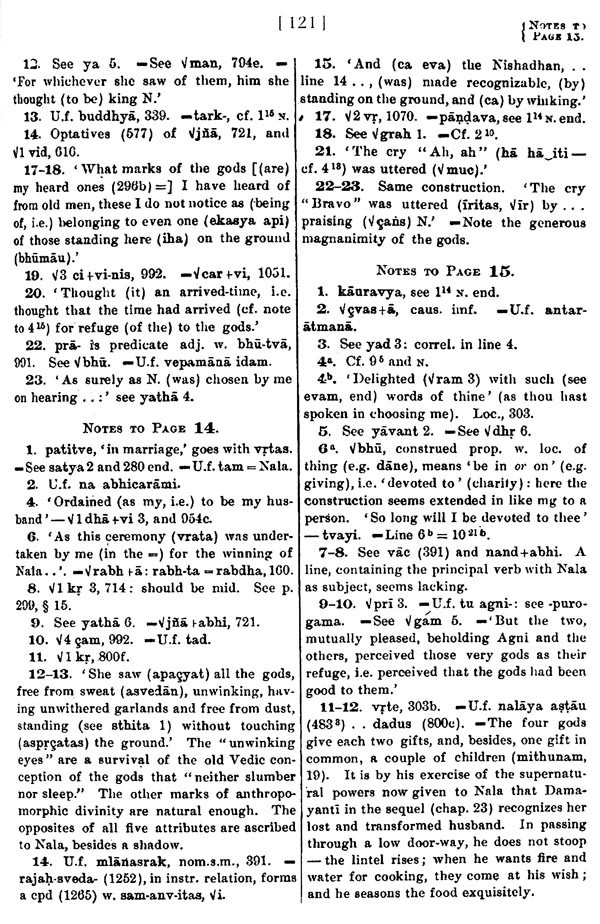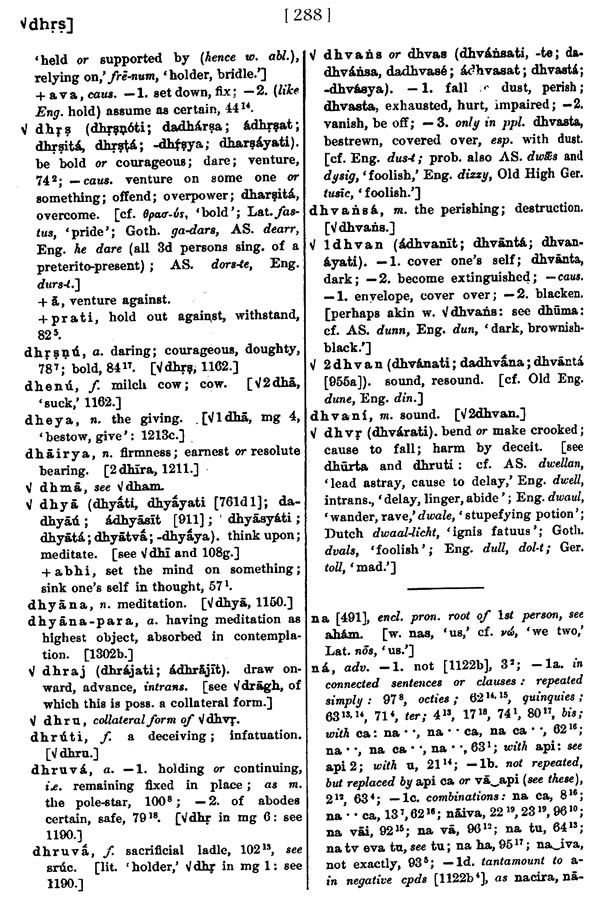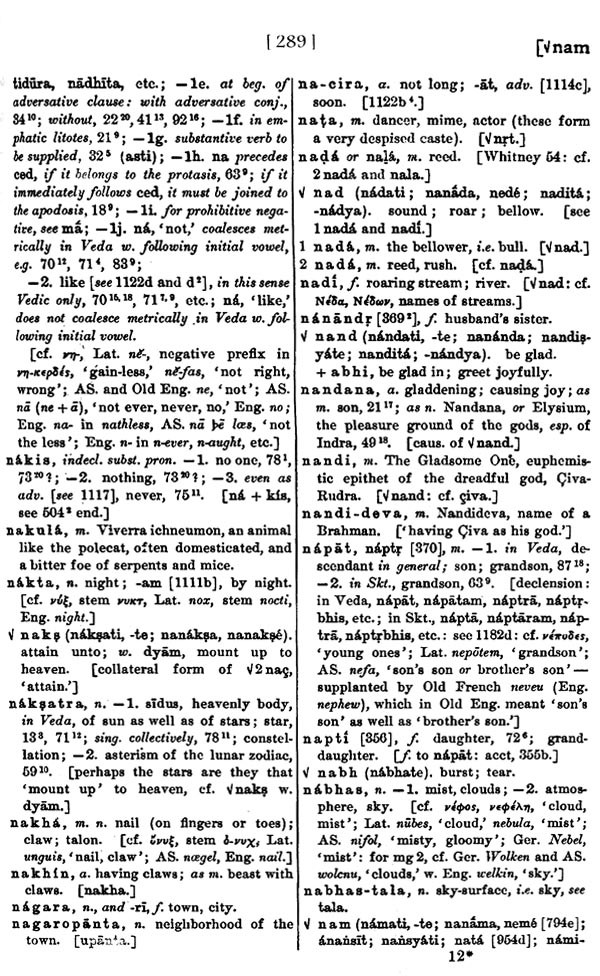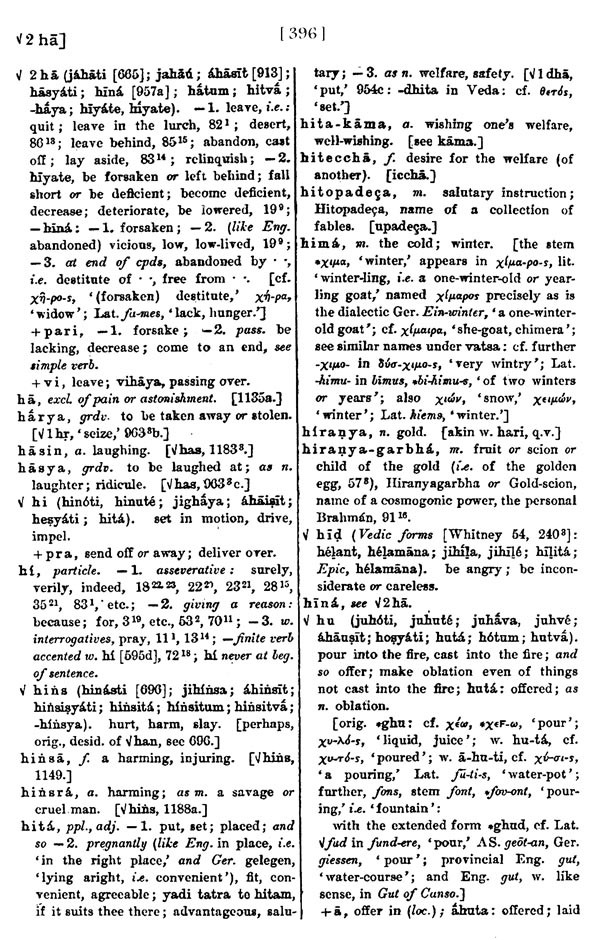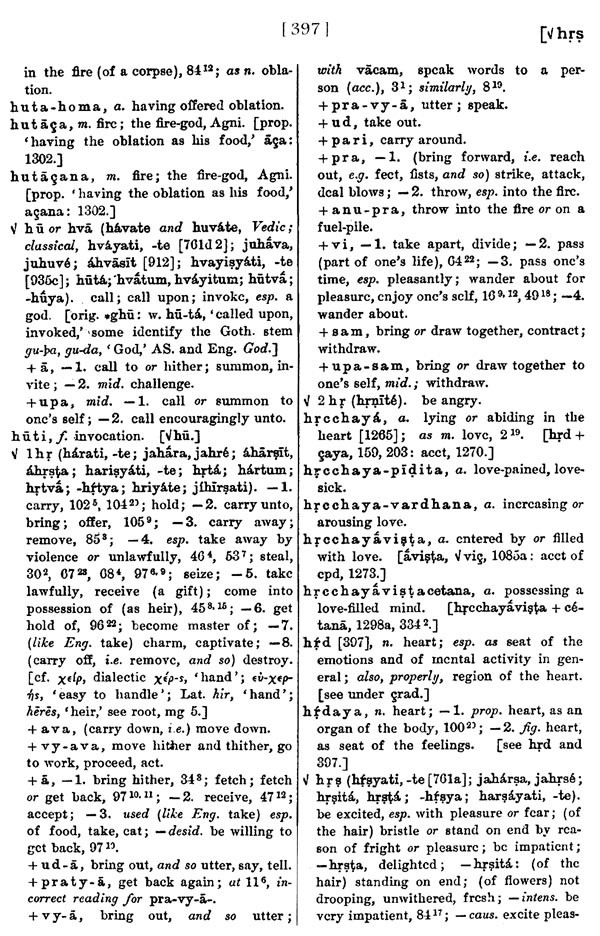
A Sanskrit Reader- With Notes and Sanskrit-English Vocabulary
Book Specification
| Item Code: | AZG378 |
| Author: | Charles Rockwell Lanman |
| Publisher: | KAVERI BOOKS |
| Language: | SANSKRIT AND ENGLISH |
| Edition: | 2016 |
| ISBN: | 9788174791764 |
| Pages: | 418 |
| Cover: | PAPERBACK |
| Other Details | 8.50x5.50 inch |
| Weight | 400 gm |
Book Description
The design of this work, then, is twofold. In the first place, in to serve as an introduction to these subjects for the students our colleges and universities. The excellent Chroatomathy of BOEITLINGK has no vocabulary; and few persons can be expected to buy the costly dictionary of WILLIAMS or that of BOEITLINGK AND ROTI, at the outset, when they are uncertain whether Sanskrit will be of sufficient interest use them to warrant their continuing its study. What the beginner needs an elementary work comprehending both text and vocabulary single volume. And accordingly, this Reader is meant to furnish ample material for about fifty weeks' reading, in a course of three hours wook, and, with the text, the appropriate lexical apparatus. The Reader made a companion-volume to WHITNET's Sanskrit Grammar, and those two books supply all that is needed for the first year's study.
This is designed, in the second place, render knowledge accessible to the classical teachers high-schools, academies, and colleges. Theso teachers, if they pursue this study all, usually so without aid and is especially the requirements unaided private study have taken constant meet. this fact thus explicitly, because, both here Cambridge, and during my connection the Hopkins University (where plan for work was formed), numerous inquiries such have been addressed to me by persons remote any the higher institutions of learning.
It is recommended that the student use the stories from the Katha-sarit-agara for exercise in rapid reading, as soon as he has acquired a fair vocabulary from what precedes. The passages from "Manu" may be read as they stand.
Of the Vedic selections, the easiest are numbers xxxi. (Rigveda i. 1), xxxiii., xxxviii., xxxix, xli., xlv., xlvi., and lix.; and it is advisable to read these first and in the order here mentioned. Selection xxxii., as being one of poetic merit and not over-hard, may next be taken up, and after it, the Varuna-hymns, selections xliii.-xliv.; then the hymns in dramatic form, selections xxxv., xxxvii., and lvi.
**Contents and Sample Pages**
